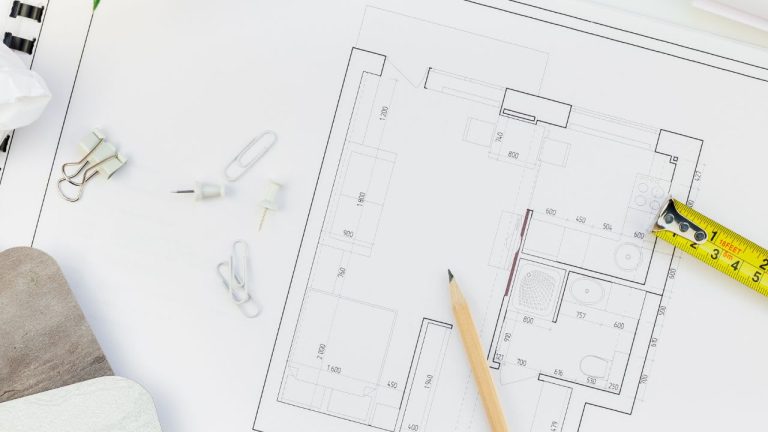The seismic shifts brought about by the pandemic have accelerated the integration of innovative technologies and new working methodologies, cementing the hybrid workplace as a pivotal element of the contemporary professional landscape. Despite the increasing focus on remote work, physical workplaces still play an essential role in bringing people together, enhancing employee engagement, and achieving organizational success. Looking ahead, the workplace of the future will be an ecosystem of experiences that create a sense of well-being and community, and are enablers of employee innovation. It is time to look beyond the traditional and limited view of the workplace towards being a catalyst for people to thrive and companies to succeed. Some emerging trends in workplace design, technology and human behavior will shape the future of work.
Technology as an enabler
The pandemic has accelerated technological advances in workspace design. Technology is no longer used only for virtual meetings, but also to understand the use of space and optimize it according to employee needs. It integrates seamlessly with design to facilitate more equitable experiences for people working on and off-premises – for both synchronous and asynchronous work.
The most important role of technology in the workplace of the future will be to create a positive employee experience through personalization. For example, a room that remembers your preferences in lighting and temperature or how warm you like your coffee. Another exciting development will be the continued use of augmented reality (AR) and virtual reality (VR) technology. Immersive virtual environments created by AR and VR technology will enable employees to collaborate and innovate in new ways. Moreover, artificial intelligence and automation will be integrated into the workplace, leading to increased employee productivity.
The impact of design on human behavior
Until now, workplace design has focused on effective use of space and efficiency. However, in the past few years, there has been a shift towards recognizing the impact that workplace design can have on human behavior and decision-making skills. Organizations that recognize the value of design thinking, which puts people at the heart, will bring empathetic experiences and be more resilient in uncertain times and more successful. The focus will be on such experiences in 2023. The design will be based on an understanding of how employees work, their activities, how they interact with spaces, and how these interactions will evolve in the coming years. Designing micro-environments within the workplace that meet the different needs of employees will enable the workplace to transform into an ecosystem of experiences to help people perform at their best and achieve their true potential.
Sustainability and wellness are at its core
With increasing awareness of climate change and environmental issues, sustainability will become a top priority for companies in 2023. Companies will invest in designing their workplaces to be more sustainable, with features such as green roofs, solar panels, and energy-efficient lighting and heating systems. However, conscious workplace design is not just about practices that positively impact the planet, it is also about creating a healthy environment for employees, focusing on their health, well-being and safety where they can succeed.
In conclusion
As we look to the future of work, it is clear that employee experience will be a key driver of success. Technology and design will play essential roles in creating a workplace ecosystem that fosters well-being, community and productivity for employees. From in-person experiences to immersive virtual environments, technology will be a powerful enabler of positive employee experiences. Additionally, design thinking that puts people at the heart will help organizations create empathetic experiences that drive resilience and success in turbulent times. As sustainability and wellness become top priorities for businesses, workplace design will evolve to create healthy environments that prioritize employee health, well-being and safety. It is time to look beyond traditional views of the workplace and embrace the workplace as a catalyst for people to thrive and companies to succeed. Workplaces of the future will be designed to make the office “commute-worthy” for employees and enable them to see it as the most efficient space to get work done.

